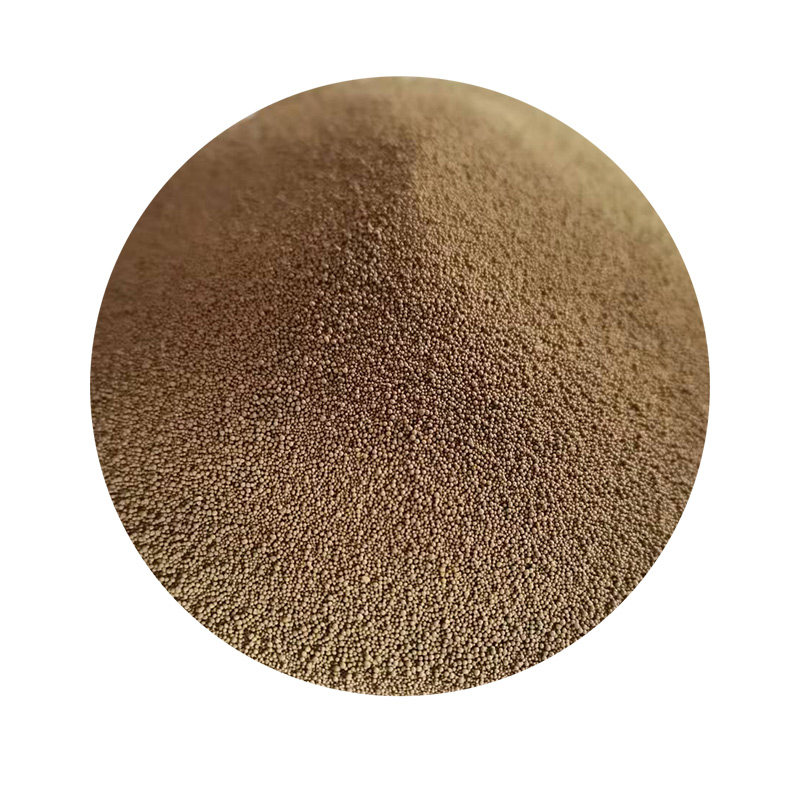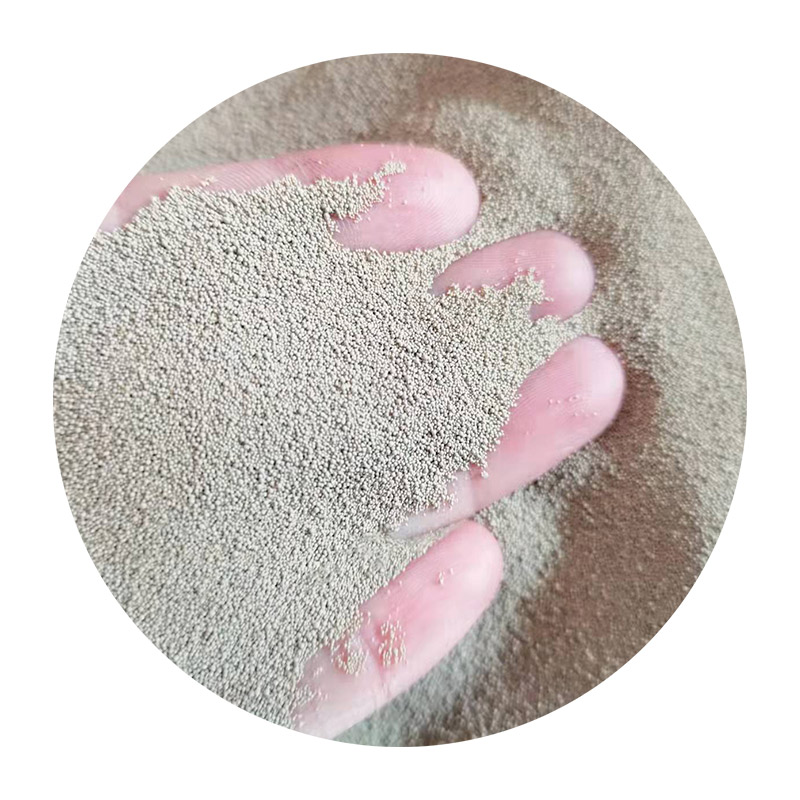

Understanding the properties of the ceramic used in the mug is equally important. Some ceramics are softer and require less aggressive sanding, whereas others might demand more effort. This calls for an evaluation before beginning the process to prevent unwanted damage to the mug. Professional potters and ceramic experts stress the importance of experimenting with different techniques and materials. Documenting what works best under different conditions can build a repertoire of methods that can be drawn on for future projects. This experimental approach not only enhances skill but also contributes to personalization and creativity in ceramic projects. After completing the sanding, cleaning the mug thoroughly is essential. Use a damp cloth to remove any residual dust or sandpaper particles. A clean surface ensures that subsequent painting or glazing processes are flawless. Finally, consider the environmental impact of your sanding activities. Disposing of used sandpaper and ceramic dust responsibly maintains ecological balance. Sanding too often without considering material wastage can lead to increased environmental footprint, a crucial consideration for eco-conscious individuals. In summary, sanding a ceramic mug is a meticulous process that combines practical skills and artistic expression. For hobbyists and professionals alike, the task is an opportunity to transform ordinary mugs into personalized artifacts. Mastery over the nuances of sanding, understanding ceramic properties, and responsibly managing the process can yield remarkable results that stand the test of time. This contributes to an ever-growing field of artistry, where patience and precision lead to pieces that are both functional and uniquely beautiful. Post time:Ene . 26, 2025 04:31
Next:how to sand ceramic
